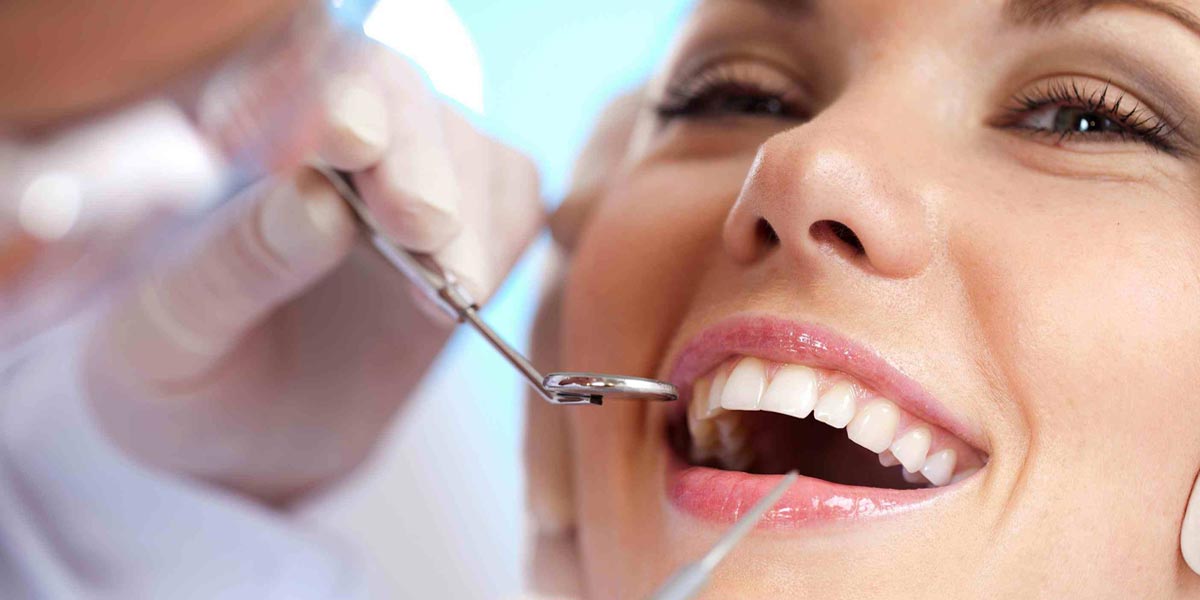How Your Dentist Will Treat Gum Disease
Gum disease is basically inflammation of the gums that occurs due to the bacterial growth caused by the plaque that remains on the teeth when teeth and gums are not cleaned and flossed daily. Every dentist will tell you that oral health is essential and you need to keep your teeth clean and to know how to clean them properly.
In addition, having your teeth checked regularly will ensure that tartar is cleaned from under the gums. Tartar forms when plaque is left on the teeth and eventually goes hard. In this condition it is impossible to remove it with a toothbrush; it can only be removed by the dentist. If it is not removed, it is one of several conditions that lead to gum disease. to avoid sharing some dental myths that you may believe, we have set out the facts.
There are two types of gum disease
- Gingivitis, which causes soft, swollen, red gums that often bleed easily. With careful cleaning and treatment to remove tartar, this condition can be reversed.
- Periodontitis otherwise known as periodontal disease, happens when gingivitis is not properly treated and spreads to ligaments and bones around the teeth. If not treated it can lead to teeth becoming loose and falling out. Even then it can continue to effect the jaw bone. It is essential to have professional dental treatment for this condition. If this does not happen the infection can spread to other parts of the body and cause many serious problems including stroke.
Symptoms of gum disease
- Blood on the toothbrush or when you floss
- Red, swollen gums
- Tender or receding gums
- Bad breath
- Loose teeth or tooth
- Pus between teeth
- A change in your bite – how your teeth or partial dentures fit together
Treatment for gum disease
Treatment for gingivitis is relatively simple. The dentist should check for tartar and remove it if found. Otherwise, better dental hygiene is the answer.
Periodontal disease is another matter. The treatment given will depend on where it is and how far advanced it is. Some of the treatments are as follows:-
- Scaling and root planing to remove plaque and tartar from above and below the gum line.
- Curettage to scrape unhealthy gum tissue away and let it heal
- Flap surgery to lift the gum away, treat the area under it and sew it back down
- Bone grafts to replace eroded bone. This can be from your own bone, donated or synthetic bone.
- Soft tissue grafts. Tissue from the roof of your mouth is sewn over the affected area, replacing lost tissue.
- Guided tissue regeneration. Small pieces of mesh-like fabric inserted between the bone and gum tissue stimulates regrowth of natural tissue.
- Bone surgery to smooth the bone so bacteria are less likely to grow there.
- Medication such as antibiotic pills or antibiotic swabs of some kind applied directly to the infected area. An anti-germ mouthwash may also be recommended.
